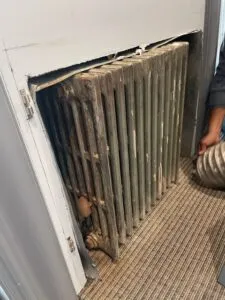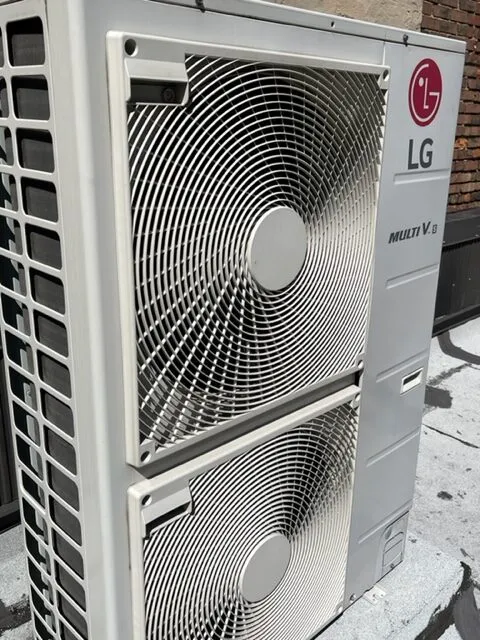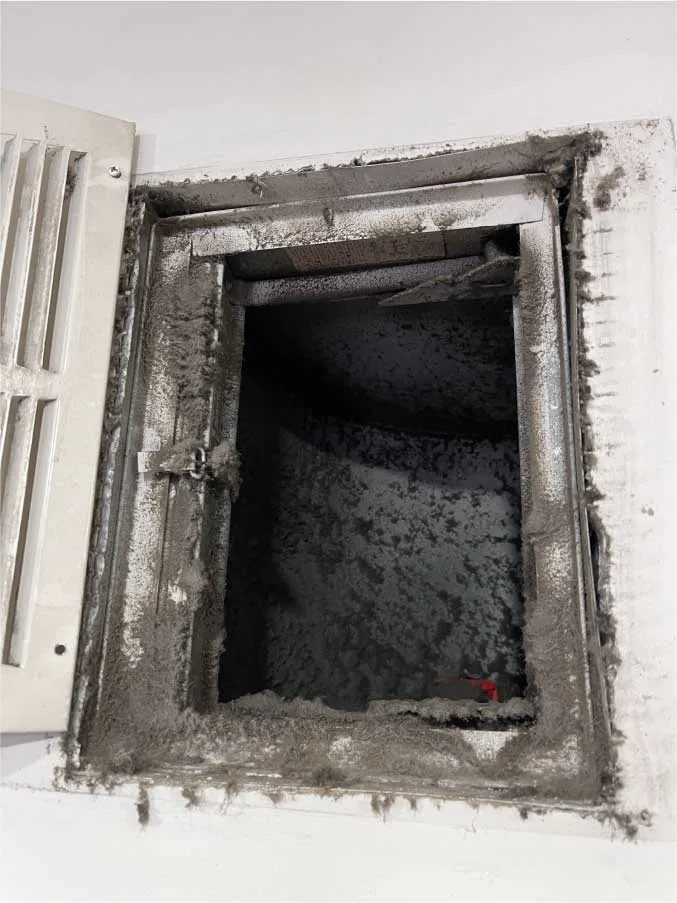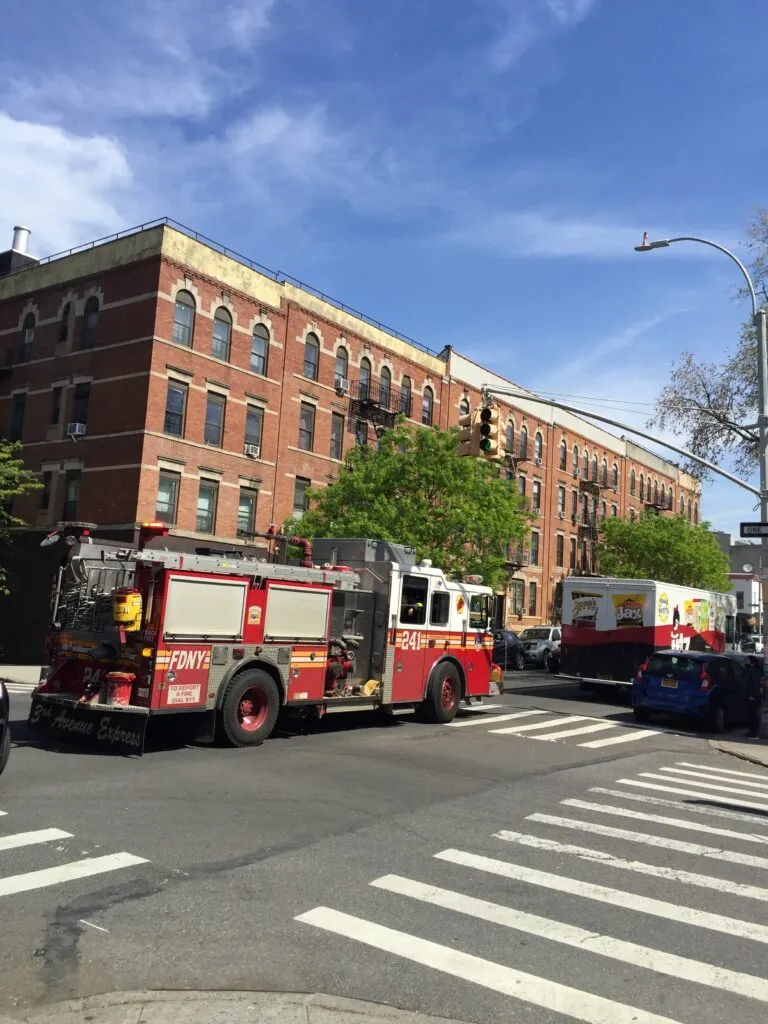Are you working from home with poor air quality indoors and feel you can’t breathe? Are you one of those people who is frequently irritated because of headaches? Do you keep a painkiller with you all the time because your headache can start anywhere, anytime?
Or are you the type who spends the majority of your time indoors and always has a pain reliever on hand? If this is you, then you are similar to the 12% of Americans who miss at least a few days every month due to headaches. Sadly, this number rises to ten or more days of discomfort per month for some people.
A migraine is more than just a headache that is relieved by taking a painkiller. The patience of migraine sufferers is put to the test by severe attacks. In addition to excruciating headaches, migraines can also cause nausea, skin sensitivity, and issues with speech, balance, and vision.
Chronic migraines interfere with social and professional life. However, many people don’t have the slightest idea that poor indoor air quality also contributes to migraines and other debilitating headaches. Studies show that the cause of the growth in chronic headaches is poor indoor air quality, both at home and at work.
Your health is more affected by the quality of indoor air because you spend 90% of your time indoors. Poor air quality indoors is one of the neglected issues. However, homeowners should focus on fixing the problem of poor air quality indoors as dirty air largely impacts human health.
How Can Air Pollution Cause Migraines or Other Types of Headaches?
According to a study, air pollution and headaches like migraines are related. Lead, Sulfur Dioxide, Carbon Monoxide, Nitrogen Dioxide, and Particulate Matter (PM 10 and PM 2.5) are pollutants that can cause serious headaches and migraines.
Chronic migraine sufferers and asthmatics are sensitive to NO2 and particulate matter. How long the headache persists and how frequently it occurs depends upon the concentration of air pollutants in the indoor air.
 Poor air quality indoors
Poor air quality indoors
Poor Air Quality Indoors and What Is Indoor Air Pollution?
In our blogs, we often talk about poor air quality indoors, pollution inside and outside, bacteria, air contaminants, indoor air pollution, etc. What do we exactly mean by indoor air pollution? What makes up poor air quality indoors?
Generally, the buildup of toxins from numerous sources inside a home is what leads to indoor air pollution. Indoor air quality issues can result from emissions from fireplaces, stoves, cigarettes, cleaning supplies, modern building materials, and chemicals kept in the home. Breathing in these toxins can harm a person’s health if they live in this kind of environment.
Indoor air pollution is caused by a variety of sources. Reducing air circulation and trapping contaminants inside the house might result from weatherizing the home with insulation and sealing to save on energy expenditures.
Contaminants cannot be diluted within the residence by “make-up air” from the outside. This is why the terms “tight building syndrome” or “sick building syndrome” are frequently used to describe the health implications of indoor air pollution.
Various forms of air pollution include:
- Particulate matter (pm) is a term for minute airborne dust and dirt particles, including soot and dust mites.
- Sulfur dioxide, nitrogen oxide, and carbon monoxide are examples of gases.
The severity of the indoor air pollution problem is frequently understated. Typically, people think of air pollution as the dark smoke that manufacturers release.
The by-products of aerosol sprays, paints, cleaners, and pesticides used in the home, as well as tobacco smoke, are not given much consideration. The fact that the average American spends 70 to 90 percent of their time indoors, with more than half of that time spent at home, exacerbates the problem.
Your lungs are in charge of both bringing clean air into your body and expelling waste gases and particles. However, the task of expelling waste gases becomes difficult for the lungs with the increased concentration of particles in the air.
The presence of plenty of particles in the air you breathe makes it harder to filter them out. Poor air quality indoors or outdoors can make it harder for your lungs to work efficiently and have a detrimental impact on your health.
Who May Be Impacted By Poor Air Quality Indoors?
Headaches, exhaustion, difficulty concentrating, and irritation of the eyes, nose, throat, and lungs are just a few of the symptoms associated with poor indoor air quality (IAQ).
Asthma and moist interior environments are two examples of specific diseases that have been connected to certain air pollutants or indoor conditions. In addition, some exposures, like asbestos and radon, don’t result in symptoms right away but can eventually cause cancer.
Air quality is influenced by numerous things, which may include renovation, lack of adequate ventilation, difficulty controlling temperature, high or low humidity, etc.
Air pollutants like dust emissions from construction activities, mold spores discharged from mold growth, cleaning solutions, or other airborne chemicals may deteriorate air quality indoors or outdoors.
People with serious lung conditions mostly prefer to stay indoors as they find it difficult to move around conveniently. Consequently, this means they might be exposed to substances that have an impact on the interior air more frequently. These could contain mold, cleaning supplies, or cigarette smoke.
Children’s developing lungs make them especially susceptible to poor indoor air quality. Due to the smaller size of children’s airways, inflammation brought on by both pollution inside and outside can cause airways to constrict more quickly than in adults.
Air Duct Cleaning for Healthy Living
Many health advantages come from having clean ducts. These advantages can lead to more energy, improved emotions, less congestion, fewer headaches, fewer asthma attacks, fewer breathing issues, and other things. You’ll feel better overall if your home has cleaner air.
Let’s look at how air duct cleaning might be so beneficial.
Cleaning Vents Eliminates Allergens from the Air
Individuals with severe allergies prefer to stay indoors to avoid pollen and other seasonal pollutants. However, staying indoors isn’t always completely relieving. Pollen will inevitably enter your house or place of business. When it gets inside, it mixes with the existing air and follows the natural flow that enters your vents.
Then it is scattered all over your house, office, or place of work. The best way to protect yourself from exposure to contagious pollen and other pollutants is to schedule frequent duct cleaning of your HVAC system. The cleaner the ducts, the cleaner the air you get to breathe.
It Eliminates Bacteria from the Ducts’ Interior
As dirt, grime, soot, bacteria, and germs accumulate in your vents, they attach to duct walls. These toxins spread throughout your house or workspace whenever your HVAC system is turned on. Consequently, you inhale these harmful toxins. Duct cleaning helps in resolving this issue.
Dust and other particles open the door for bacteria, dust mites, spiders, insects, and occasionally mice. Professional air duct cleaning enables you to dispose of these contaminants from your indoor air by thorough cleaning of the ducts.
Pollution inside and outdoors is detrimental to human health. While you cannot combat pollution outdoors on your own, you can combat indoor air pollution through regular air duct cleaning.
Professional duct cleaning ensures that your ductwork is spotless and free from all sorts of allergens and bacteria. Therefore, you need air duct cleaning for healthy living.
The health advantages of air duct cleaning may include:
- Enhanced allergy season response
- Coughing, itching, and sneezing are reduced.
- Asthma attacks are less frequent.
- Better breathing.
- There is no enigmatic illness.
- A decreased chance of respiratory issues.
- Good sleep.
- Fewer headaches.
How Poor Air Circulation in Home Impacts Health
1. Illness: Too Much or Too Little Humidity Raises the Risk of Illness
Poor ventilation can also have an impact on indoor humidity levels. Too much dry air can result in a variety of unpleasant symptoms, including dry skin, itchy eyes, a sore throat, and sinus irritation. It is also known that some viruses may endure longer in dry air, which facilitates the spread of disease.
On the other hand, excessive humidity can promote mold growth and the development of germs, which in certain people can result in life-threatening allergic reactions and asthma attacks.
Lack of airflow and ventilation may also result in some building spaces having the ideal level of humidity while other spaces are either too high or too low.
For instance, a bathroom that is enclosed and doesn’t have functional exhaust fans is likely to have humidity levels that are high enough to hasten the growth of mold and bacteria. The recommended humidity level is between 30% and 50%. With adequate ventilation, these humidity levels can be maintained.
- Quickly Build Up in Closed Areas
Indoor pollutants like dust and pet dander can build up in carpets and upholstery when there is little airflow or poor air circulation in the home. Outside allergens and pollutants like dirt and pollen are also brought into buildings by occupants through their clothing and shoes.
These specks are then spread out on surfaces like carpets. It can be said that carpets act as the first filter in any building and take in most of the dust, dust mites, and pollen. They accumulate too much dust and debris without receiving frequent and thorough cleaning, and they lose their ability to properly filter further pollutants.
Suction by itself does not effectively remove irritants that have been thoroughly trapped on these filter surfaces. With the help of brushes or beater bars, these particles can be collected.
The usage of cleaning supplies, paints, insecticides, and other chemicals that might release volatile organic compounds (VOCs) into the air are additional sources of indoor pollutants.
The worst part begins when people start experiencing allergies, coughing, asthma attacks, difficult breathing, or other respiratory issues due to the presence of these toxins in the air. Any ventilation method should aim at eliminating these pollutants from the air and bringing them to levels that are safe for long-term exposure.
- Odors Remain in Places with Little Airflow
Another frequent issue in cramped, poorly ventilated areas like toilets is odors. Without sufficient airflow, odors can grow very strong and take hours to disappear. Most people’s immediate reaction is to grab an air freshener to quickly cover up foul odors, but doing so adds more irritants to the air that can make building residents sick.
Frequently, unpleasant odors are merely symptoms of a larger health and safety issue (like mold). Finding ways to increase airflow into and out of the affected area while simultaneously eliminating the smell’s source with safe, eco-friendly cleaning techniques is a better way to deal with scents.
- Inefficient Cleaning Techniques Make Indoor Air Pollution Worse
Some cleaning techniques might result in poor air quality indoors in enclosed places with little ventilation. For instance, vacuuming the carpet, without a HEPA filter results in riling up dust rather than trapping it.
There is nowhere for the airborne dust to go. As a result, when carpets are vacuumed without a HEPA filter, particles move from the carpet into the air, then settle back down there again. Eventually, the indoor air quality deteriorates and makes the building’s inhabitants unwell and unpleasant.
So, when there is poor air circulation in a home, vacuuming without a HEPA filter turns out to be a disaster. This is why you should select a business vacuum with a HEPA filter to regularly clean carpets and keep toxins indoors at bay.
How to Avoid Air Duct Pollution
While duct cleaning is important, there are also other steps you can take to avoid contamination.
We advise routine filter replacement to prevent dust and filth. Verify again to make sure no filters are missing. Make sure there are no gaps around the filter holder that allow air to travel through the filters.
To keep dust from getting airborne, make an effort to remove it from all surfaces in your house. Make use of a vacuum cleaner with a HEPA filter so that the dust particles are actually eliminated from the indoor air.
However, vacuuming might actually make the air dustier. Because of this, it’s crucial to vacuum the ducts after cleaning the house’s surfaces.
Techniques for Avoiding Headaches from Your AC
When you feel that your air conditioner is causing you a headache or migraine, you need to take a few actions. The following described actions will help to maintain your AC’s efficiency and reduce headache risk.
- Use an Air Purifier Insides
Even if you attempt to improve the air quality, your home could still contain pollutants. A home air purifier is a must if you are very allergic-sensitive. Most airborne particles are removed by the device, leaving you with clean air to breathe. Small and large, whole-home air purifiers are both available. Think about your needs and the size of your home before making a purchase.
- Use a Humidifier
A humidifier can help your home’s air if it’s too dry. The device reduces the likelihood of dehydration by adding moisture back into the air. Use a humidifier, though, only if you’re positive that your house is dry. You need to strike the appropriate balance since too much humidity is also a problem. You can discuss selecting the ideal humidifier for your home with your HVAC professional.
- Set Up a Repair
If your AC is overly noisy and giving you headaches, you should get in touch with a professional. A noisy air conditioner is a warning indication that should not be disregarded. Call a professional out if you hear screeching, clanking, or pounding coming from your air conditioner.
If you don’t fix your system, the noise and problems will continue. The issue is probably going to get worse. A simple HVAC repair could suddenly require a total replacement.
- Use Filters And Replace Them On A Regular Basis
You can prevent allergens from entering your home by installing filters in your vents. If you don’t take action, pollen and dander will travel through your system and into your home’s indoor air, thus impacting your home air quality. The requirement for filter replacement arises as a result of dirt buildup over time. At the very least, replace all the filters with new ones every few months.
- Avoid Freezing It Too Much
Many of you love to relax in a cold environment, but no matter how much you might enjoy the cold, don’t keep your air conditioner at 63 degrees. The low setting not only gives you headaches but also forces your AC to work harder than it has to. Excessive use will necessitate more maintenance and reduce the life of your AC.
- Schedule Air Duct Cleaning
Your air will get polluted as a result of clogged air ducts. The best thing to do is to schedule air duct cleaning every three to five years, depending upon your usage. As of now, we have understood that we all need air duct cleaning for healthy living! Remember to hire professional air duct cleaning services for duct cleaning for effective results.
How Can You Improve Your Indoor Home Air Quality?
- Reduce dust, mold spores, and biological contaminants by professionally cleaning carpets, rugs, upholstery, and air ducts.
- Clean with natural, eco-friendly products rather than chemicals, which can linger in a house for a long time and deteriorate indoor home air quality.
- Keeping indoor plants and utilizing ventilation fans in the bathroom and kitchen can help eliminate VOCs from the air.
- Keeping food away from pests is important. To remind you, cockroach droppings are especially allergenic.
- Natural sunshine can destroy a variety of airborne pollutants. However, many people keep their curtains down to maintain privacy, block out extra light, or prevent damage to wood floors. Increasing the amount of light in a room is a great step towards better indoor air quality.
- Before bringing brand-new carpeting into your home, request that the installer let the carpets air out for a day or two. This will allow the VOCs time to disperse.
Final Thoughts
There are many reasons for headaches or migraines, and poor air quality indoors is one of them. How long the headache persists and how frequently it occurs depends upon the concentration of air pollutants in the indoor air.
Pollution inside and outdoors is detrimental to human health. While you cannot combat pollution outdoors on your own, you can combat indoor air pollution through regular air duct cleaning.




